
NEWS
CATEGORIES

- EDUCATION

HOW TO STAY CALM & FOCUSED AT SCHOOL : THE WILL BYERS TRICK
Kids don’t struggle in school because they’re lazy — they struggle because staying focused is hard when emotions, noise, or pressure get too big.
Will Byers from Stranger Things shows us a simple tool that can help:
Sensory anchors.
They’re tiny habits that help kids stay calm, focused, and ready to learn.
Here’s how to use them for school success.
READ MORE
- POWERZ, THE GAME

❄️⛸️ Step Into the Winterheart Update
Winter has arrived in PowerZ, and with it comes Winterheart —a brand-new holiday update packed with snowy magic, fresh adventures, and exciting learning challenges! ❄️✨
Get ready to explore icy lands, meet a brand-new chimera, and dive into quests that make learning feel like a real adventure.
READ MORE
- EDUCATION

🧠 HOW TO HAVE A PHOTOGRAPHIC MEMORY: THE MIKE ROSS METHOD
Pattern recognition, chunking, and rapid learning — explained simply (and without passing the bar exam).
READ MORE
- EDUCATION

It’s LeviOsa, Not LevioSA: Knowing When to Correct Your Kids
“Mom, why are you correcting all my mistakes again?!” 😖
If this sentence sounds familiar…
It probably means you know your inner Hermione: the one who spots mistakes faster than lightning, who can’t let a “sa” slip instead of “ça”, the one who lives for the forgotten S in plurals.
And we love her, honestly.
But if you let her go unchecked, she can quickly discourage instead of help.
The good news?
There’s a happy medium where you can correct without ruining the joy of writing.
And promise, no Hogwarts diploma is needed to pull it off ✨
READ MORE
- EDUCATION
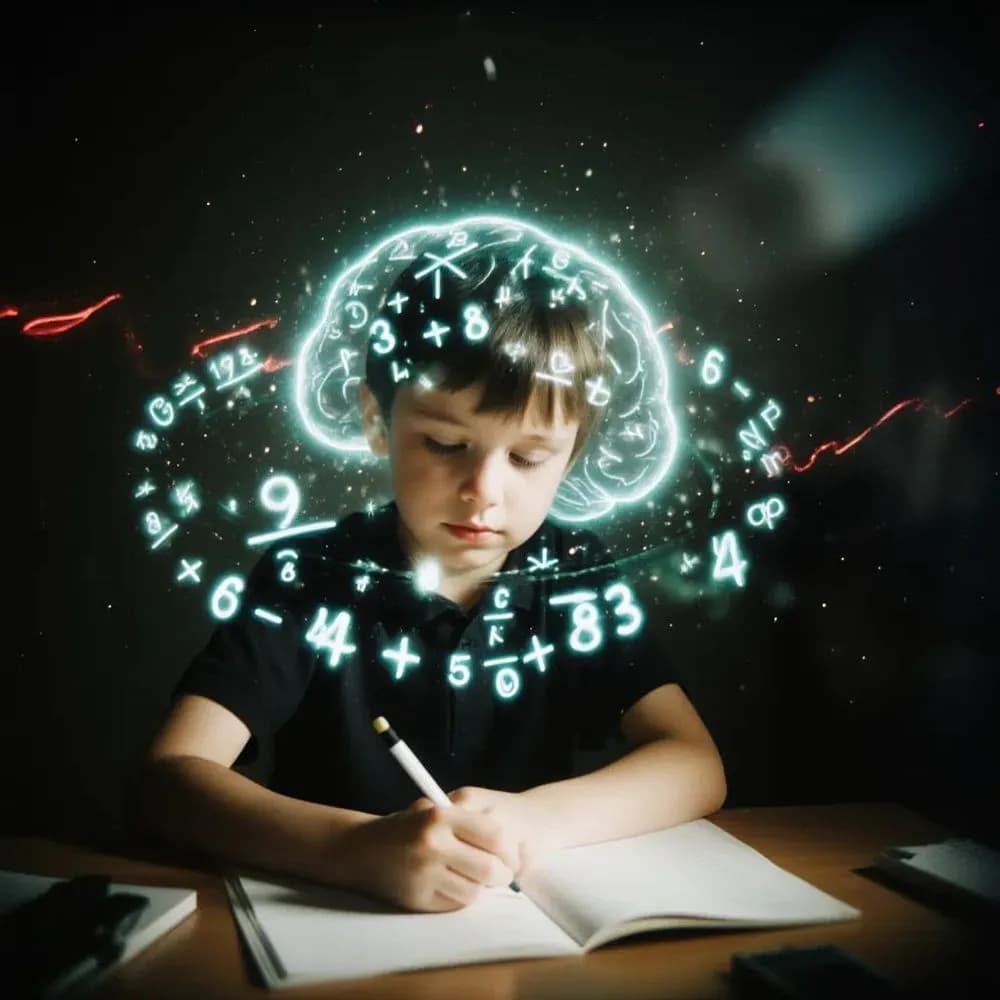
🧠✨ 5 Mental Math Tricks That’ll Make You Faster Than a Calculator!
Hey there, math explorer! 👋
Have you ever wanted to solve math problems faster than your calculator can start up? ⚡
That’s what mental math is all about — using your brain like a superhero tool to do quick calculations, estimate answers, and understand how numbers work together.
You don’t need magic powers to get good at it — just practice, creativity, and a few cool tricks. Let’s dive in! 🚀

- EDUCATION
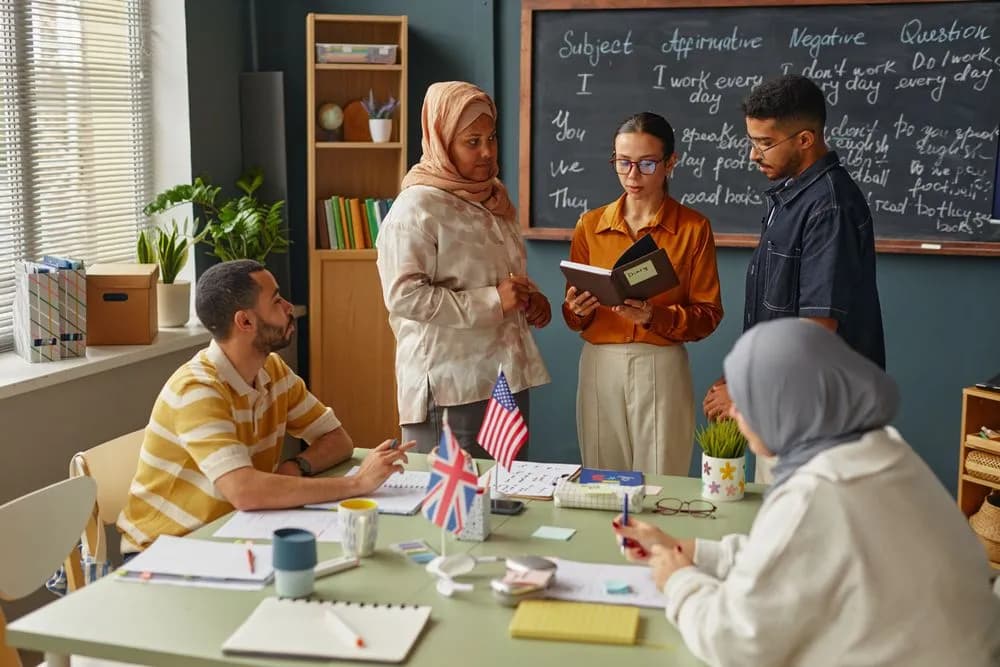
🌍✨ HOW TO LEARN ANY LANGUAGE FASTER (WITHOUT LOSING YOUR MIND)
So, you’ve decided to learn a new language. Amazing! 🎉 Whether it’s to impress your in-laws, flirt while traveling, or finally understand what your favorite K-pop idol is saying, you’re in for a ride.
But here’s the thing: language learning doesn’t have to feel like doing taxes in another language. Let’s make it fun, fast, and a little bit fabulous. 💃
READ MORE
- COMMUNITY
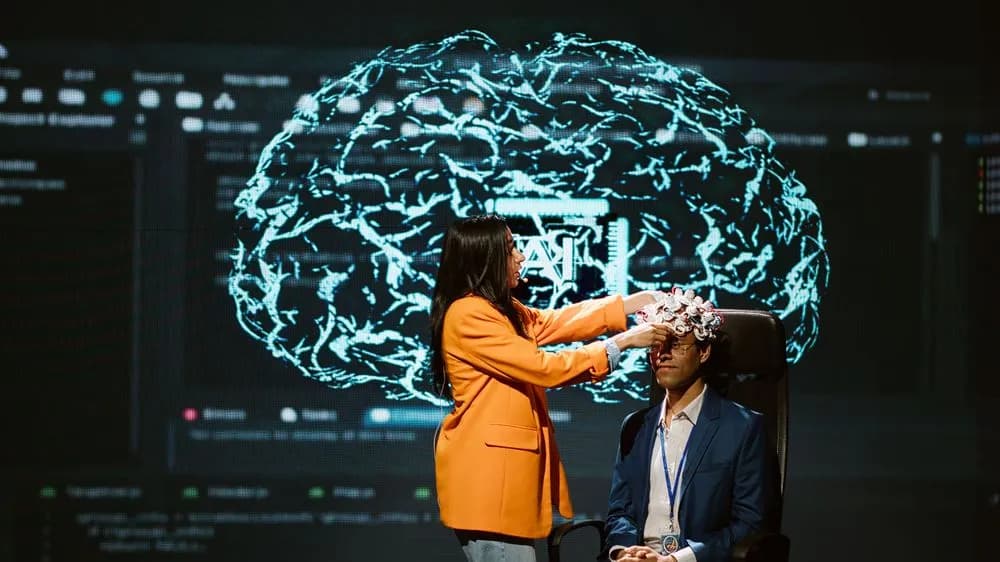
The Art of Remembering: Proven Memorization Techniques That Actually Work
In a world of endless information — where our phones remember everything for us — memory often feels like a lost art. Yet, memorization remains one of the most powerful skills you can develop. Whether you’re studying, learning a language, or just trying to stop forgetting where you left your keys, mastering the art of remembering can change your life.
In this post, we’ll explore the science of memory and walk through techniques that can make learning feel not only easier but almost effortless.
READ MORE
- COMMUNITY

🧠 How to Teach Your Kids Fast Reading: The Complete Parent’s Guide
Reading is one of the most powerful skills your child will ever learn. But beyond understanding words, the ability to read quickly and effectively helps kids perform better in school, retain more information, and build confidence in their learning abilities.
If you’ve ever wondered how to teach your child to read faster without losing comprehension, this guide will walk you through every step — from the science behind speed reading to fun, practical exercises you can do at home.
READ MORE
- POWERZ, THE GAME
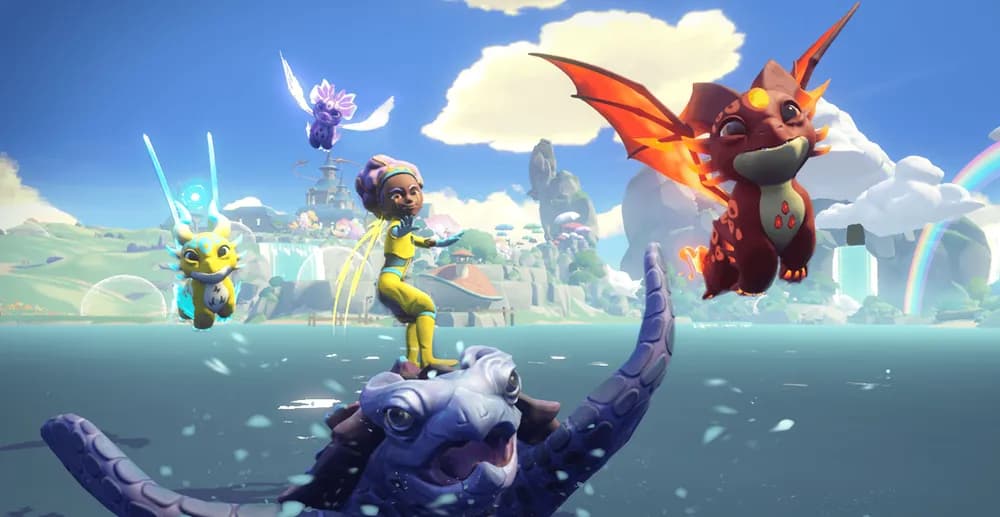
🏡 The Haven Reimagined: A New Era Begins in Aria!
Get ready to rediscover the Haven like never before! This update marks a huge milestone for every apprentice mage - your home is now more alive, more interactive, and more magical than ever. 🌟
READ MORE
- COMMUNITY
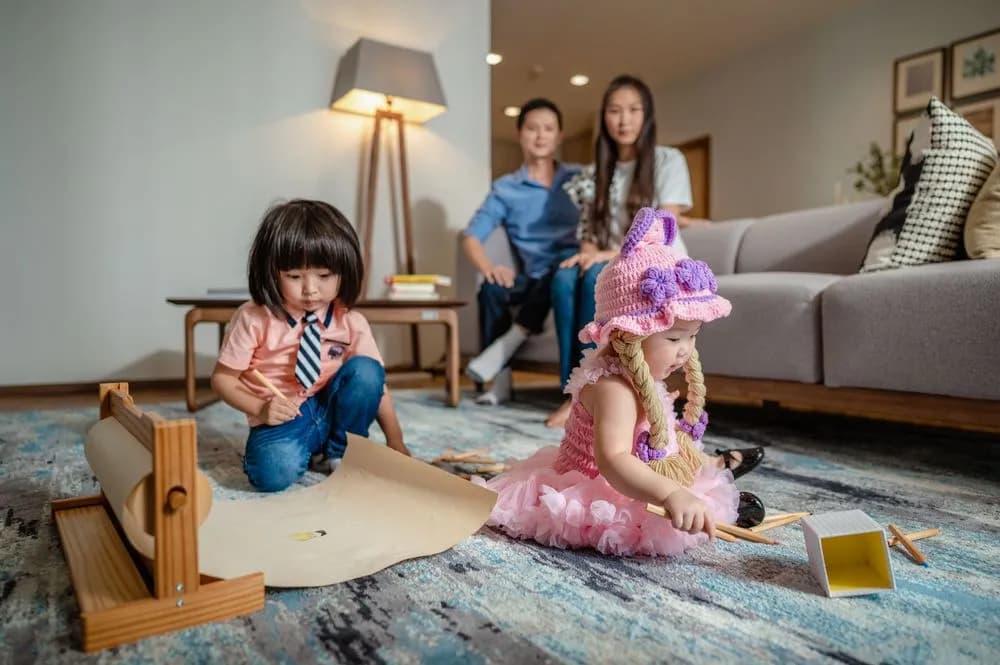
📵 Screen-Free Activities That Calm Kids (and Give Parents a Break)
In today’s world, screens are everywhere—tablets, TVs, video games, phones. While they can be useful tools, too much screen time can overstimulate kids, impact sleep, and even increase stress levels. Parents often look for ways to encourage calm, focused play that doesn’t rely on technology, while also giving themselves a little breather. The good news? Screen-free activities can be simple, engaging, and incredibly soothing for kids.
Here are some tried-and-true activities that help children wind down, recharge, and give parents a chance to catch their breath.
READ MORE
- EDUCATION

☀️ Morning Routines That Reduce Stress for Both Kids and Parents
Stress-free mornings start in the evening. Setting out clothes 👕, packing school bags 🎒, and preparing lunchboxes 🥪 the night before can eliminate last-minute scrambling. Encourage your kids to participate—it helps them learn responsibility and independence.
READ MORE
- EDUCATION
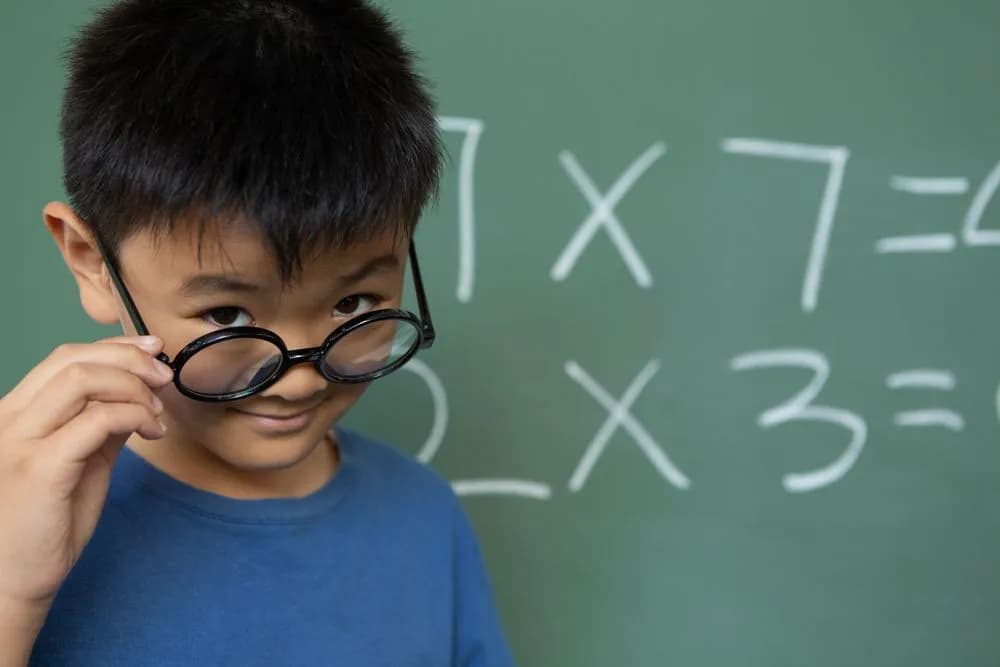
7 EASY TIPS TO MASTER THE MULTIPLICATION TABLES
Learning multiplication tables is a bit like riding a bike with a wobbly seat: it’s tricky at first, you fall a few times… but once you’ve got the balance, you never forget it 🚲
Still, between mix-ups, forgetting answers, and the “I’ll never get this!” moments, practicing can quickly turn into a nightmare.
The good news? There are plenty of ways to help your child memorize their multiplication tables without stress (and without repeating them over and over every night before dinner).

- EDUCATION

5 Simple Strategies to Promote Self-learning At Home
Practical methods to encourage children's learning autonomy
READ MORE
- SOCIETY

CHILD DEVELOPMENT: THE BENEFITS OF VIDEO GAMES
Educational video games are more than just entertainment: they can become powerful tools for your child’s development.
In 2023, over 70% of children played video games regularly, according to the Entertainment Software Association.
What if we told you that these games could actually help kids learn while having fun? 😲
In this article, discover how video games boost memory, creativity, social skills, and much more… Plus, we’ll reveal THE game that combines all these benefits in one place! 🏆

- EDUCATION

How to Set Healthy Screen Time Limits To Kids Without Drama
In today’s digital world, screens are everywhere. From video games to educational apps, children are spending more time than ever in front of devices. While technology can be a powerful tool for learning and creativity, too much screen time can affect sleep, attention, and even mood. As a parent, setting limits can feel like a daily battle—but it doesn’t have to be. Here’s how to establish healthy screen time boundaries without the stress or drama.
READ MORE
- POWERZ, THE GAME
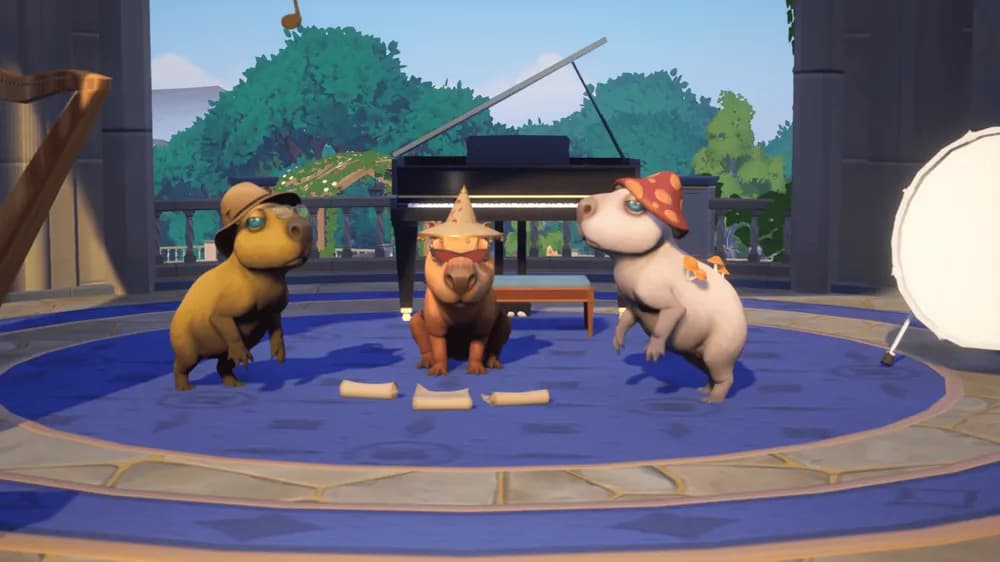
🦫The Valley is Full of Surprises in This New Update!
The Valley has never been so exciting. This update brings new ways to fight, fun quizzes, daily challenges, and a cleaner, easier-to-use interface.
Whether you love action, brainy questions, or classic quests with a fresh twist, there is something here for everyone. Here is what is new:
READ MORE
- POWERZ, THE GAME
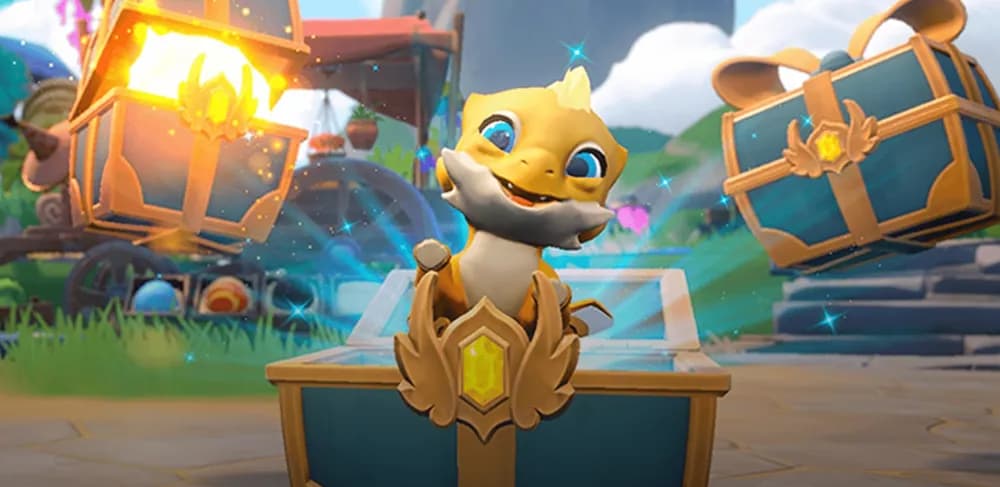
⚡✨ A High-Voltage Update!
The world of Aria just got a jolt of excitement - our newest update is packed with wild surprises, tricky challenges, and a whole lot of magic!
With new game mechanics, a sky-high dungeon, runaway chimeras, and crazy quizzes, there’s so much waiting for you to explore! Ready to dive into everything new? Here’s a look at what’s buzzing in this latest update.
READ MORE
- POWERZ, THE GAME
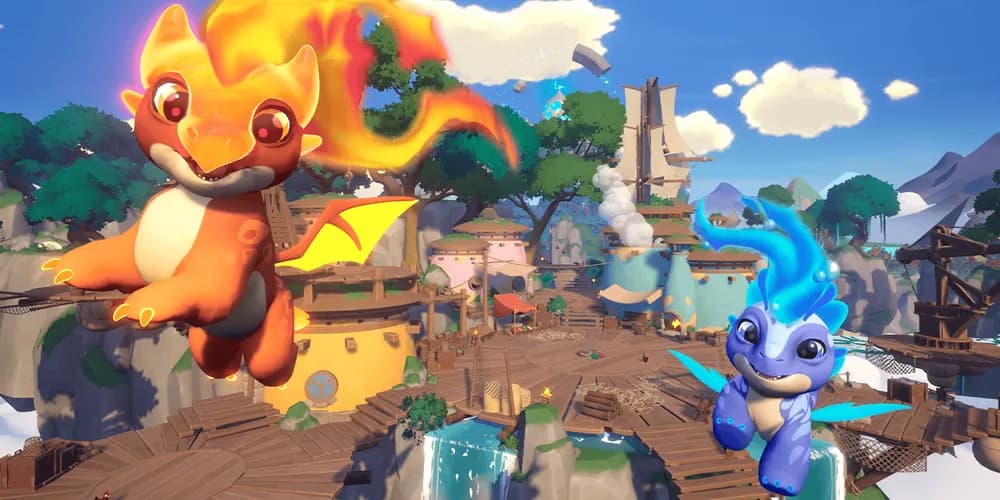
🌟 Power Up, Dive In: The New Update Is Live!
The latest update for your favorite adventure is here - and it’s bigger, brighter, and more magical than ever! We’ve packed in fresh quests, clever dungeons, evolving chimeras, a playful new math mini-game, and heaps of surprises. ✨
So grab your mage cloak, let your chimera hop onto your shoulder 🐾, and explore everything new in Aria.
READ MORE
- EDUCATION
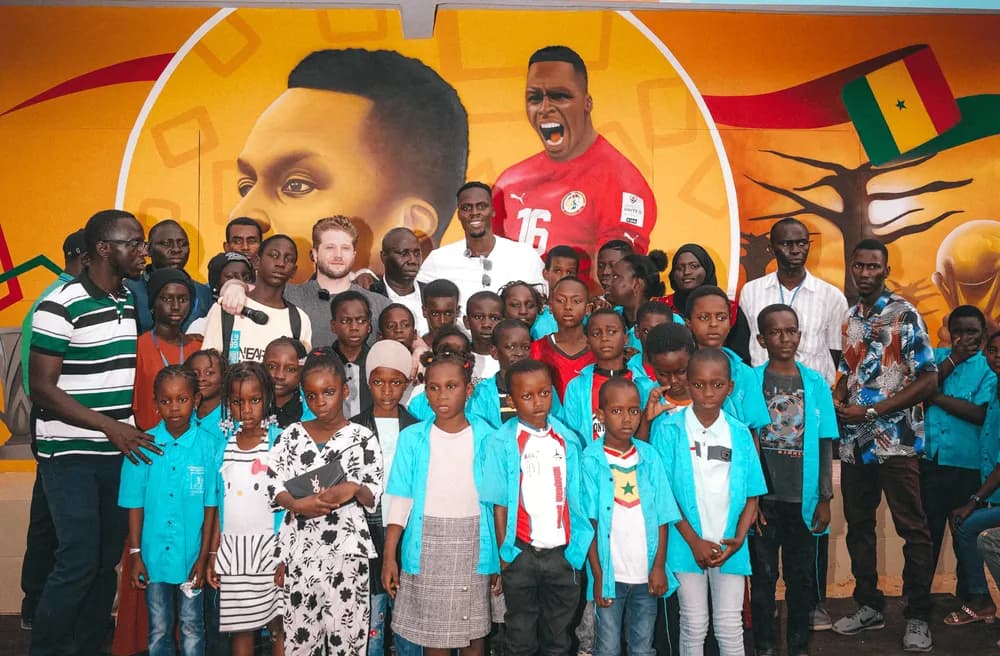
✨ PowerZ in Senegal: A Journey of Learning, Connection, and Joy
When an educational video game crosses borders to support the opening of new schools.
At PowerZ, we believe something simple and powerful:
Every child, no matter where they live, deserves the chance to learn with joy.
Recently, one of our earliest advocates, Romuald - a dedicated school principal from Drancy, France - took that belief on the road in a very special way.
READ MORE
- SOCIETY

Kids & Screens: Here’s Where We Stand
Let’s face it -** screens are a hot topic right now**. Between video games, social media, and streaming everything from cartoons to slime tutorials, it’s a digital jungle out there for our kids.
And believe it or not, we totally agree that nothing beats the good old outdoors: bikes , soccer games, epic stick battles in the backyard… or just hanging with friends
But here's the truth: screens aren’t going anywhere. Whether it’s a tablet, a smartphone, or the ever-present TV, they’ve become a daily fixture - especially since the pandemic. And if you're not one of those unicorn families with access to horseback archery on Wednesdays and underwater fencing on Saturdays , then yeah... screen time management has probably become your new part-time job.
So, what now?
At PowerZ, we’re parents too. And we’ve shaped our approach around 3 big ideas that help make sense of the screen-time struggle.
READ MORE
- SOCIETY
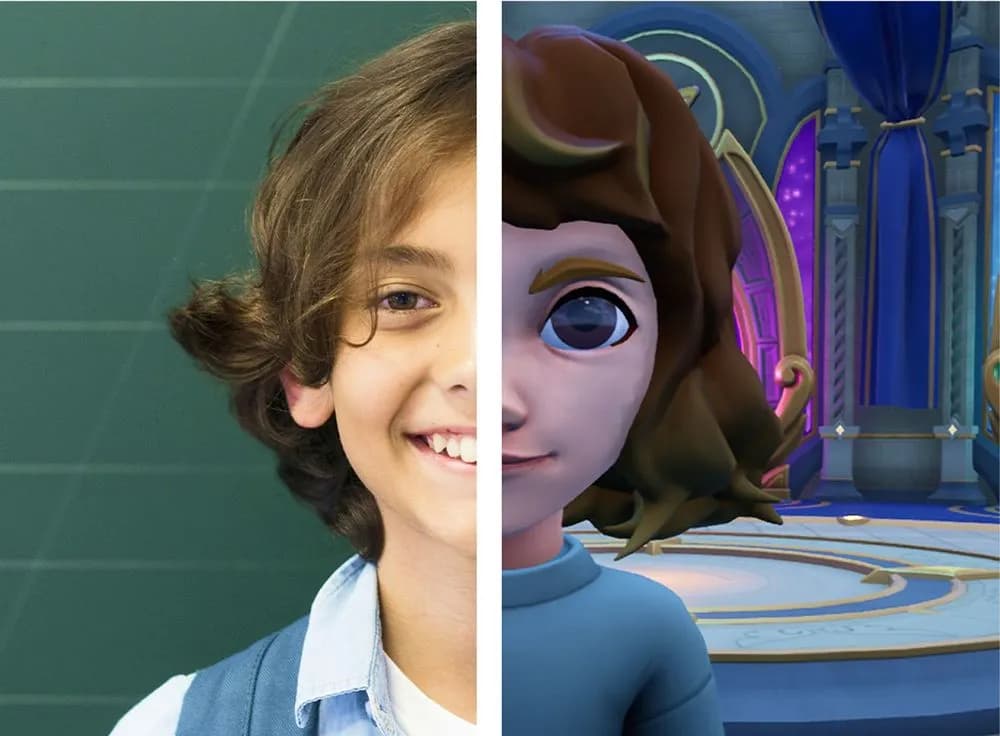
How PowerZ Helps Every Kid Learn at Their Own Pace
Millions of different kids. One game.
So… how does that work?
At PowerZ, our goal is simple: build a game that adapts to every child - whether they’re just learning to read at age 6 or brushing up on their math skills at 10.
Whether they’re curious explorers, slow-and-steady thinkers, or fast-track learners, PowerZ is designed to meet them where they are and help them grow.
READ MORE
- EDUCATION
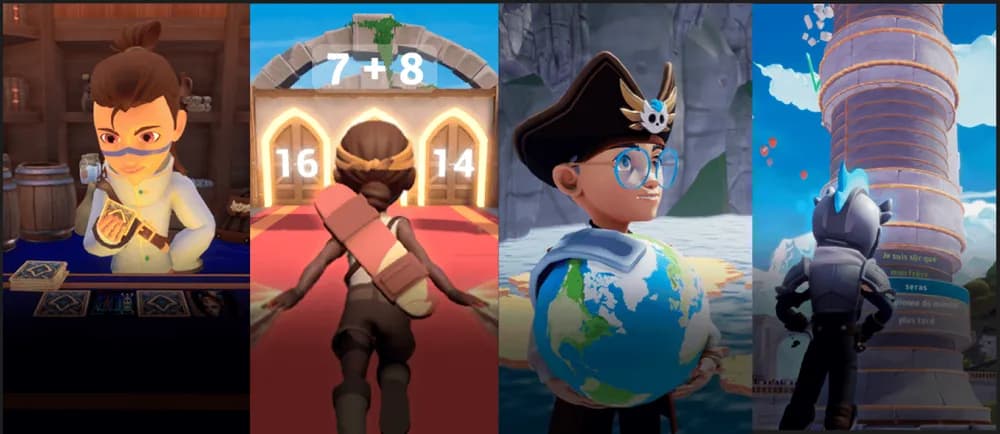
Bringing Video Games & Learning Together: The PowerZ Way
Imagine a video game that’s not just fun, but actually helps your child learn, grow, and explore at their own pace. That’s the mission behind PowerZ.
So, what’s our secret sauce? And how do we blend real learning with real fun? Here’s a peek behind the curtain…
READ MORE
- POWERZ, THE GAME

⚡️Epic Update Alert: Meet Bolt, the New Multiplayer Mode!
A huge update just dropped, packed with new challenges, big improvements, and brand-new quests. Ready to jump in?
Let’s go! 👇

- POWERZ, THE GAME
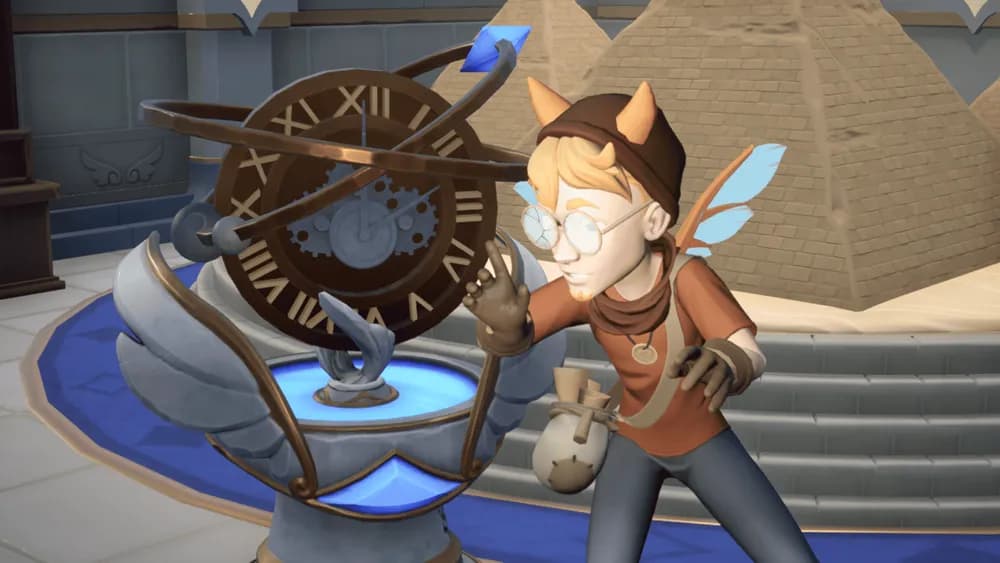
Time’s in Trouble! Can You Fix the Rift in this update?
Welcome to the latest Aria update! This patch introduces exciting new features to enhance your adventure - a brand-new chimera with frosty powers, an unexpected historical encounter, and a faster way to explore with teleportation. But that’s not all! Read on to discover everything this update has in store.
READ MORE
- POWERZ, THE GAME
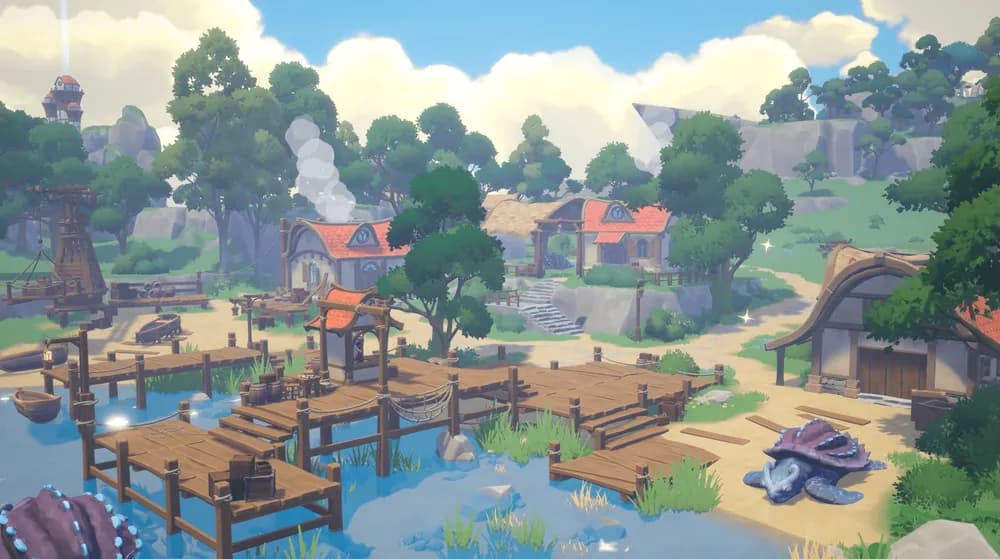
Goblins, Maps & Missions - Your Next Big Adventure Awaits!
The adventure just got even bigger! Whether you're a new explorer or a veteran adventurer, this update is packed with awesome new features that will change the way you play. Get ready for an interactive map, a brand-new quest system, and tricky new enemies. Time to jump back in!
READ MORE
- POWERZ, THE GAME
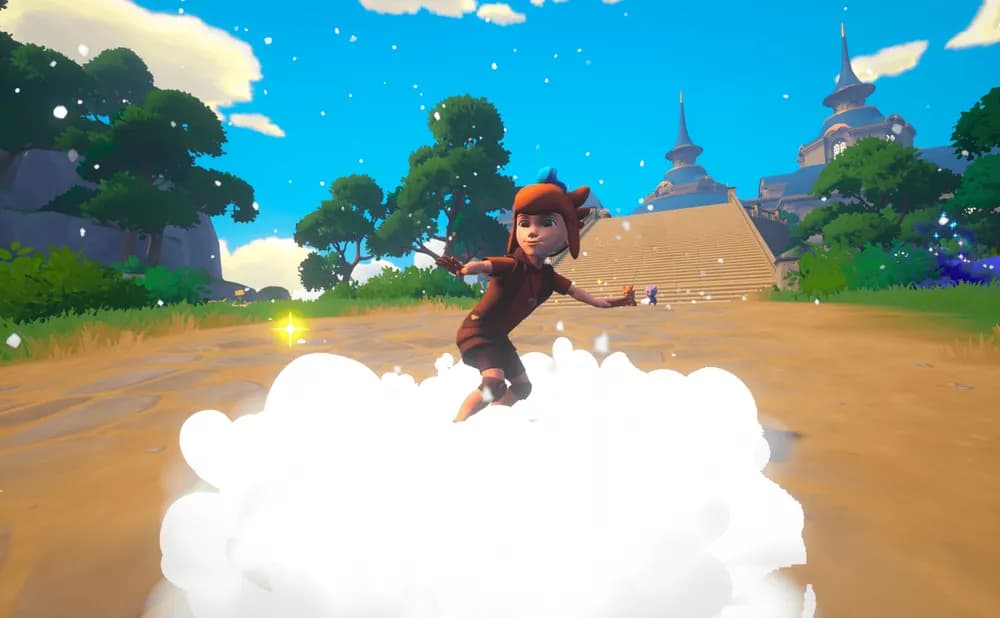
Chimeras Take the Spotlight in This Frosty Update
Welcome to an exciting PowerZ update where your chimeras unlock their full potential! Prepare to explore a more magical world with brand-new powers and unexpected surprises.
Think you know your chimeras?
Get ready to discover what they can really do! 🔥🌿❄️

- POWERZ, THE GAME

Bring your dream chimera to life in this new update!
Whether you’re a pro adventurer or just starting your journey, the latest update of PowerZ is here to take your experience to the next level! Get ready to dive into a captivating universe filled with awesome customization options, handy progress tracking, and brand-new areas to explore. So, are you ready to jump into the fun? Let’s go!
READ MORE
- POWERZ, THE GAME
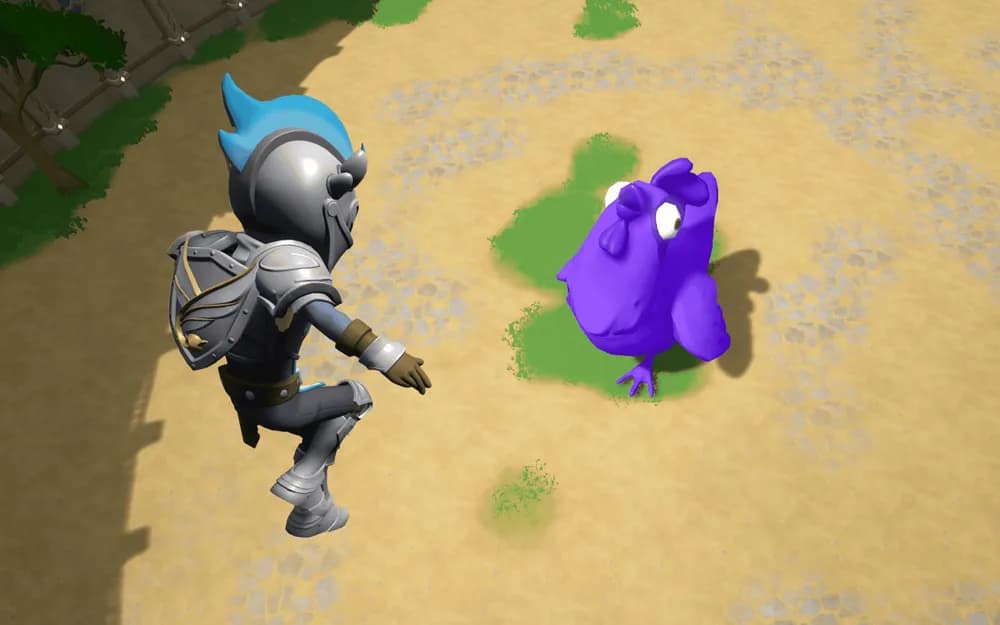
Epic Update: Enter the Arena of Mages!
The update you’ve been waiting for is finally here! 🔥 Master your powers and get ready to save Aria! The Amnevolence better watch out because you and your chimeras are here to restore knowledge 📚.
Are you ready for the adventure?

- POWERZ, THE GAME
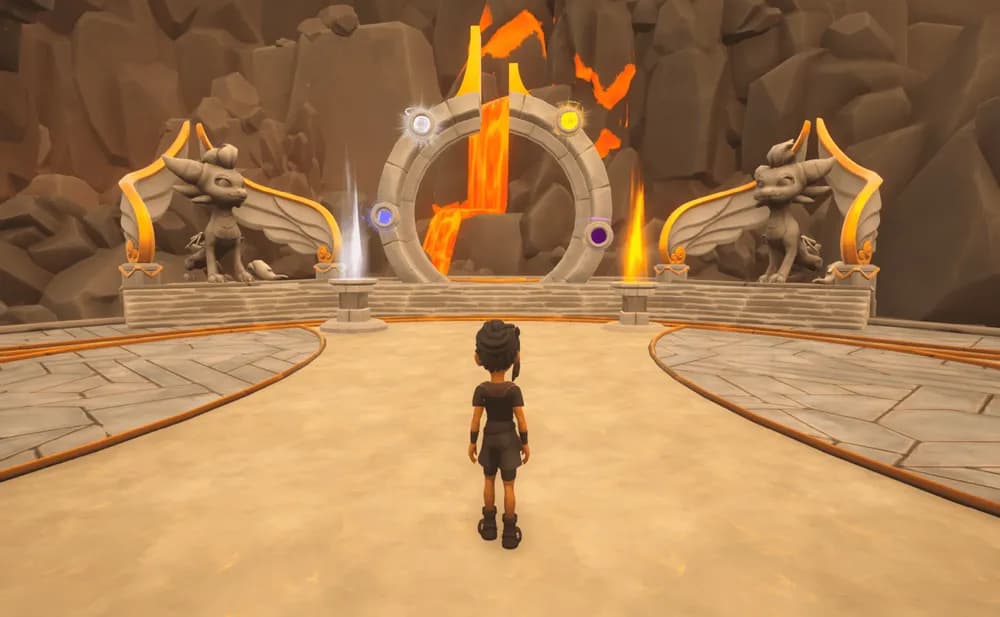
Jogging to the center of Aria : A new update for PowerZ
Get ready to embark on a new set of magical adventures and collaborative challenges in PowerZ: New WorldZ! 🌟 Our next update brings four exciting new features that will transform your gaming experience. Here's a little preview:
READ MORE
- POWERZ, THE GAME

New update : Night to the Academy
Discover the exciting new features in the latest PowerZ: New WorldZ update! 🌟 Your quest in the world of Aria continues with even more mysteries to explore and challenges to overcome. 🔍🗝️
READ MORE
- POWERZ, THE GAME
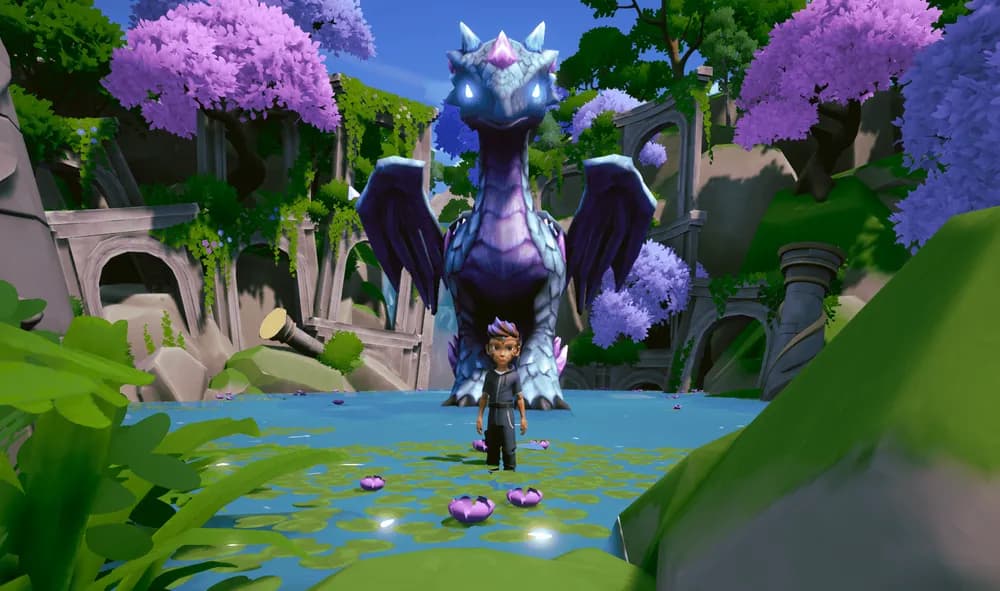
PowerZ: New WorldZ, a new journey begins!
PowerZ: New WorldZ is the culmination of years of passion and hard work. We’ve listened to your feedback to create a game that’s not only incredibly fun 🎉 but also enriches your child's learning and development 📚. Move over, Fortnite and Minecraft—our game will immerse your kids in an adventure that’s as educational as it is exciting. Imagine your child coming home, excitedly sharing new facts like, "Did you know the capital of Benin?" 🌍 With PowerZ: New WorldZ, your kids will be learning while having a blast 🎈. Get ready to watch them dive into a world where fun meets education!
Dive into a magical adventure where learning and fun go hand in hand with PowerZ: New WorldZ ✨.
🎮 Download it for free today! 🎮
READ MORE
- POWERZ, THE GAME
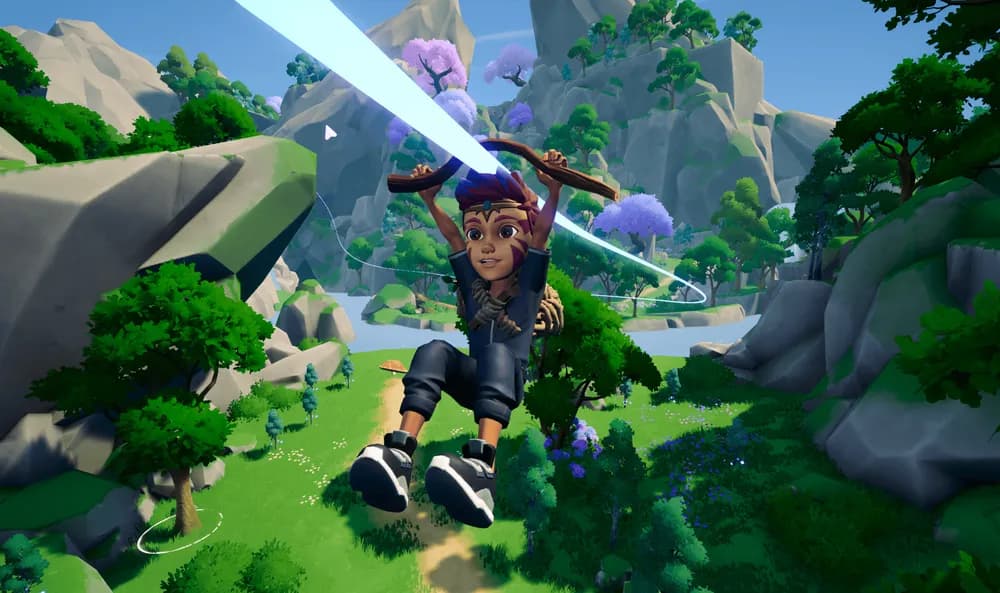
Incoming! A new PowerZ game!
Looking for news about an update? We've got something even better:
After months of hard work, the PowerZ team is excited to offer you a brand-new game! 🎮
READ MORE
- SOCIETY

3 Steps to Successful Family Goal Setting
Are you ready to embark on an exciting journey of growth, connection, and achievement? Well, grab your crew and buckle up because we're about to dive into the wonderful world of family goal setting!
READ MORE
- SOCIETY

How to Master Positive Parenting
Let's leave behind "I'm not your friend, I'm your parent." Parenting is complex. As your child grows, you aim to be someone they can confide in. Every parent-child bond is unique, and the right approach depends on your individual situation. Today, let's explore authoritative parenting - a blend of warmth and structure.
READ MORE
- EDUCATION
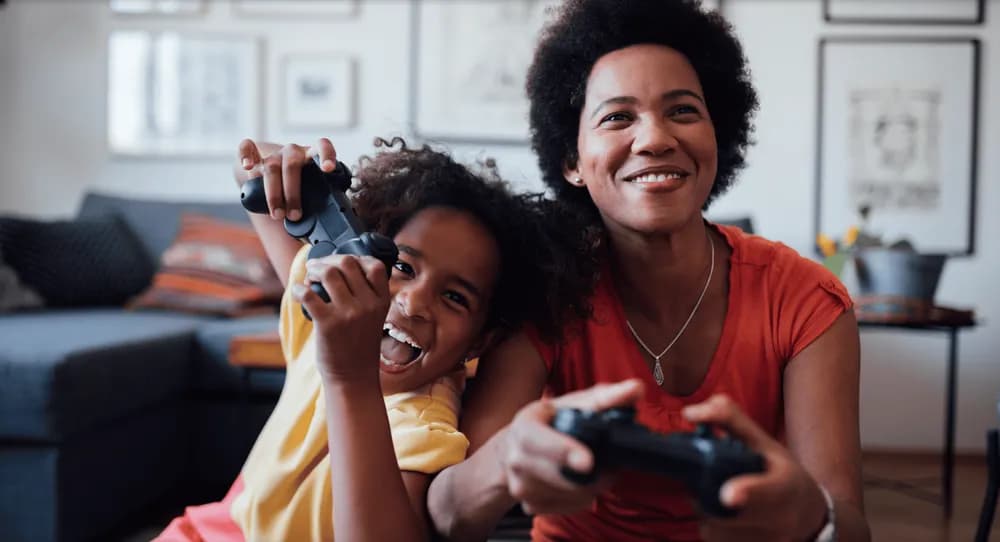
HOW TO PROGRESS YOUR CHILD'S PERSONAL DEVELOPMENT THROUGH GAMING
Elementary and middle school are pivotal stages in a child's journey, where every experience contributes and shapes their growth. From classroom learning to social interactions, and even the video games they play, each element molds them into who they'll become. In these critical years, children undergo rapid transformations, impacting not only their academic success but also their personal development. Today, we'll explore how PowerZ, an innovative educational video game, is revolutionizing childhood by going beyond just the classroom but impacts personal life at home.
READ MORE
- EDUCATION
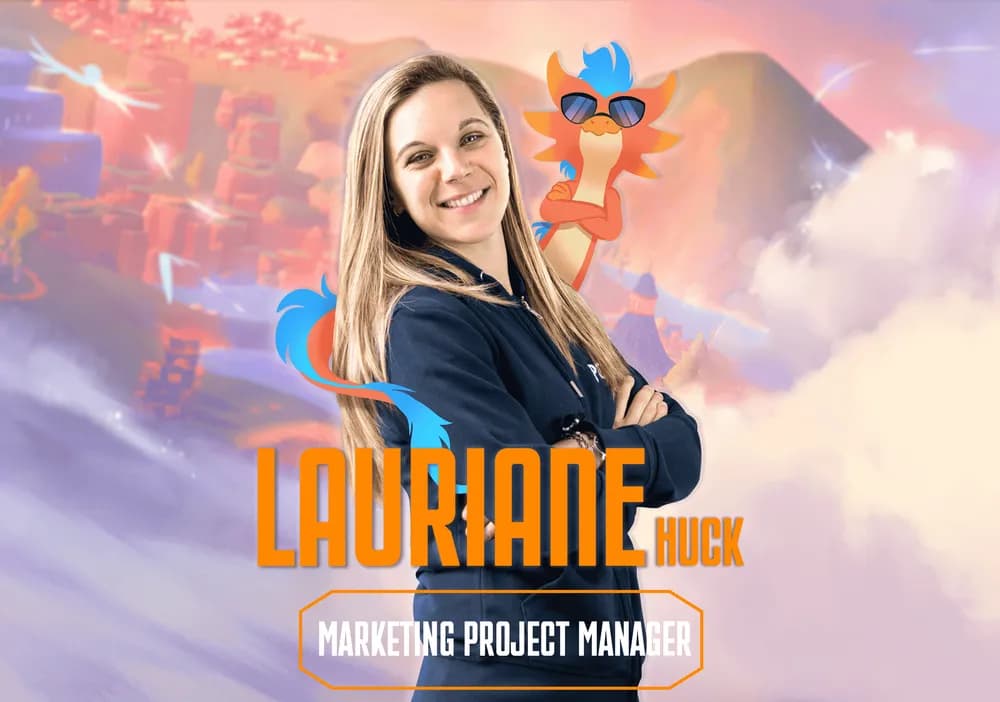
EXPLORING THE SYNERGY BETWEEN VIDEO GAMES AND EDUCATION (3/3)
Engaging children, conveying a meaningful message, facilitating their progress and learning - these are all commendable objectives! But here's the twist: we're not discussing school; we're referring to video games! Contrary to the common belief that they are at odds, we argue that video games and education can harmoniously complement each other.
READ MORE
- EDUCATION
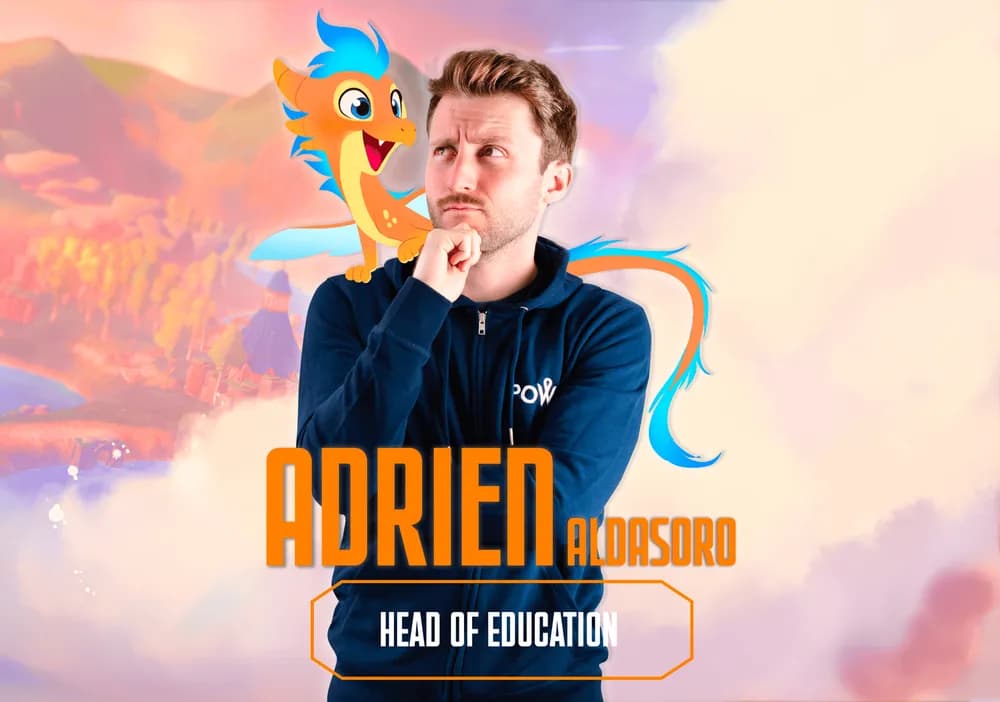
EXPLORING THE SYNERGY BETWEEN VIDEO GAMES AND EDUCATION 2/3
Engaging children, conveying a meaningful message, facilitating their progress and learning - these are all commendable objectives! But here's the twist: we're not discussing school; we're referring to video games! Contrary to the common belief that they are at odds, we argue that video games and education can harmoniously complement each other.
READ MORE
- EDUCATION
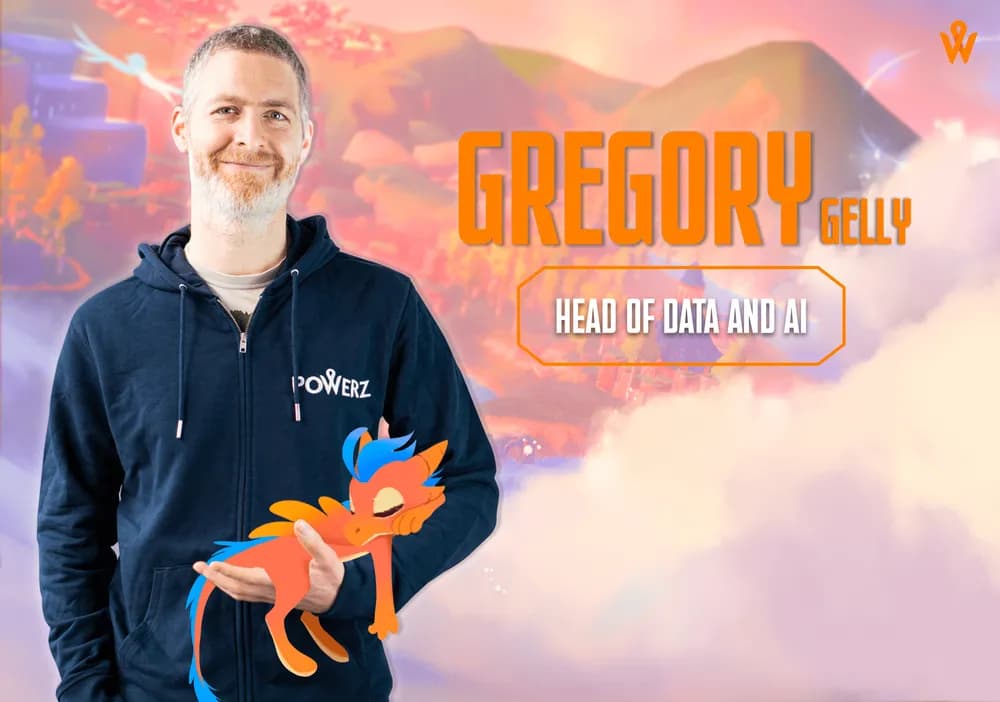
EXPLORING THE SYNERGY BETWEEN VIDEO GAMES AND EDUCATION (1/3)
Engaging children, conveying a meaningful message, facilitating their progress and learning - these are all commendable objectives! But here's the twist: we're not discussing school; we're referring to video games! Contrary to the common belief that they are at odds, we argue that video games and education can harmoniously complement each other.
READ MORE